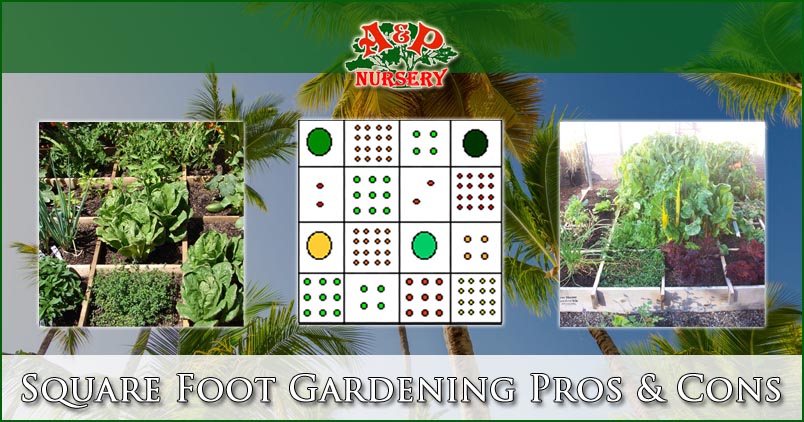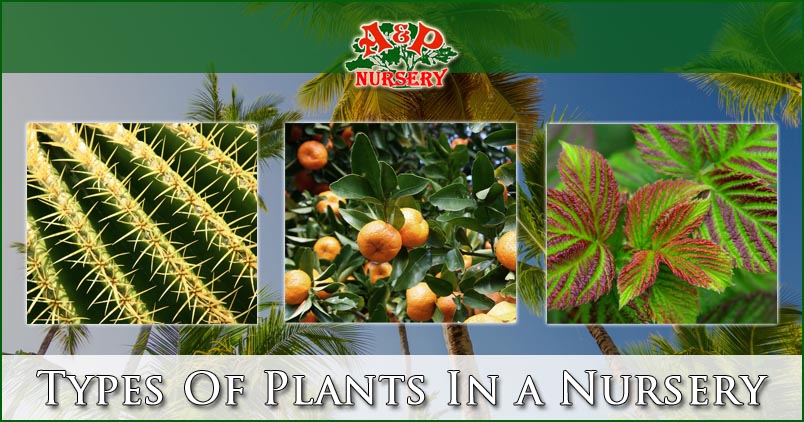If you’re searching for “square foot gardening” or “pros & cons of square foot gardening”, you’re probably just trying to plan your new garden. They offer gardeners a orderly and neat looking garden, but are they the best way to grow vegetables?
What Is A Square Foot Garden?
If you’ve browsed through gardening magazines or watched some HGTV you’ve probably seen a few raise garden beds which are divided perfectly into squares. Each little square has its own type of plant. It looks incredibly organized, yet is it the best way to grow vegetables? We will explore if square foot gardening is the best way to grow your veggies in this post to help you decide what kind of garden you want to set up.
Who Started Square Foot Gardening?
Square foot gardening is an incredibly popular method of gardening which involved making highly productive kitchen gardens with limited space. The technique was developed and invented by Mel Martholomew and introduced to the public in 1981. It involved sectioning off a raised garden bed into 1 foot by 1 foot squares to grow individual types of plants.
Square Foot Gardening Concept
The idea is to create a small garden and divide it into a grid of 1 square foot sections. The size of the gardens vary but are usually 4 foot wide and either 4 foot long, or 8 foot long. This is done so you can reach the plants in the middle by not exceeding a reasonable reach. Seedlings or seeds of each kind of vegetable are planted in each square.
Plant Density Per Square Foot
How many individual plants is dictated by how large each type of plant will grow. An example is a tomato plant takes up a lot more space than radishes, so you’d only plant one tomato plant. Whereas with radishes you could pack a whopping 16 seeds in that same square foot. One huge advantage of square foot gardening is that there are no paths between rows, and no wasted space. The soil also stays loose and there’s no chance of you stepping on plants.
Square Foot Gardening Pros
Square foot gardening offers gardeners a quick way to grow a lot of veggies with minimal effort.
Quick Set Up
For people wanting to jump into gardening quickly square foot gardening is a great option. Easy gardening kits can be set up just about anywhere including over pavement or grass. This means it takes less than a day to set it up, fill with soil, and plant your garden. Even if you aren’t planning to use a raised garden or easy gardening kit a square foot garden makes it easy to section off your existing soil and get started.
Highly Productive
When you plan and use your space efficiently you will get more out of your garden per square foot. Seeds and plants are carefully selected and planted in greater density which means a greater yield. When you want to maximize your gardening efforts, square foot gardening is a great tool to get your biggest bang from your gardening buck.
Virtually No Weeding
If you use a raised gardening set up with a soilless mix for your plants there will be very few if any weeds. This is because there won’t be any weed seeds in the soil you buy and fill your square foot garden with. Over time they can blow into your garden, but if it is raised or laid on concrete there is less chance of it compared to a regular traditional garden.
Minimal Effort
As the gardens are smaller and there are only so many types of plants it requires less effort and maintenance per day. The time required for planting, and harvesting your veggies is considerably less. This is made even easier should you decide to have a raised square foot garden which removes the need to kneel or bend down to do your gardening.
Square Foot Gardening Cons
The downsides to this type of gardening is they may require more watering, have limited size, and may cost more than just planting in the ground.
Intensive Watering
Soil in raised garden beds does dry out faster than soil on the ground. In hotter weather it may mean that daily watering becomes part of your routine. Automatic watering options such as drip irrigation or soaker hoses can make this much easier and require less manual watering. Combined with organic mulch you can manage your need for watering.
Limited Depth
Many popular plants need more than 6” of depth to grow properly. This means that gardeners wanting to grow their favorite plants may need to ensure that they have enough room in their raised beds by building deeper containers. Some gardeners prefer to double the depth and go to a full foot deep. Keep in mind the supports for your raised garden bed must be built to support the additional weight.
Limited Width
Some popular plants take up an incredible amount of room and are not ideal for square foot gardening. Things like sweet corn, winter squash, or asparagus should be grown in traditional row gardens. Square foot gardening is ideal for things like radishes, carrots, tomatoes, and herbs. Plan ahead and consider the mature size of each of the different types of plants you want to grow. Use your square foot garden for the more compact options in your garden.
Potentially Costly Build
If the soil you have in your garden isn’t of good quality you should consider purchasing soil from your local nursery. Soilless mix also is more costly and is a option that many avoid to keep the cost of their garden down. The cost of building the raised garden bed is also a factor which can be avoided by either growing on the ground, or by buying an inexpensive gardening kit.
Starting Your Square Foot Garden In Arizona
If you live in the Phoenix Valley and want to start you own square foot garden A&P Nursery has 4 locations in the Phoenix Valley to serve you. With the best locally grown plants and easy gardening kits we can give you a head start at vegetable gardening in Arizona. Visit our easy gardening kit page to see our options, call us with questions, or simply stop by one of our locations to get started!
Call or visit one of our 4 locations today
A & P Nursery
40370 N. Gantzel Rd.
Queen Creek, AZ 85240
480-655-5789
A & P Nursery
2645 W. Baseline Rd.
Mesa, Arizona 85202
480-839-5362
A & P Nursery
6129 E. Brown Rd.
Mesa, Arizona 85205
480-396-8800
A & P Nursery &
Lawnmower Shop
2601 E. Baseline Rd.
Gilbert, Arizona 85234
480-892-7939




